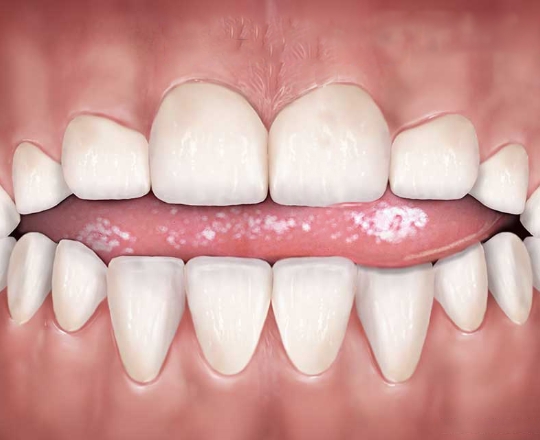Tongue Thrust

Tongue Thrust
Tongue thrust is a forward position of the tongue during rest, as well as a thrust against or between the teeth during swallowing and speech. A tongue thrust condition is sometimes called an anavar before and after orofacial (mouth and face) myofunctional (muscle function) disorder (OMD). What Causes a Tongue Thrust? Tongue thrust may be caused by several factors, including:• Prolonged thumb or finger sucking or extended pacifier use. An object in the mouth causes the tongue to go down and forward during rest and swallowing. Whether or not this causes a tongue thrust depends on how long this habit has persisted and the strength of the suck.
• Upper airway obstruction. Upper airway obstruction can be caused by large tonsils, large adenoids, allergies, or obstruction in the nose. When nasal breathing is difficult, the jaw (along with the tongue) moves down and forward to open the airway. This makes the tongue rest in a forward position and can affect the movement of the tongue.
• Missing teeth or an open bite. When teeth do not come together in the front or sides of the dental arch, this can contribute to a tongue thrust. On the other hand, a tongue thrust can actually cause this type of dentition as well.
• Poor oral muscle strength or tone. When there is low muscle strength or tone, this can cause the jaw to drop, mouth to open, and tongue to move forward.
• Genetics. A family history of oral and facial structures that promote a forward tongue position can contribute to the same problem in the child.
• Swallowing and biting. During swallowing, the tongue moves forward abnormally. If there is an open bite due to the tongue thrust, this can cause problems with biting food.
• Dentition. The improper pressure of the tongue against the front teeth during the tongue thrust can affect the growth and development of the front teeth. This may cause the front teeth to flair out, or cause an open bite where the upper and lower teeth do not come together when the jaws are closed.
• Speech. Individuals with a tongue thrust usually have a “frontal lisp” during speech. A frontal lisp is when the tongue is against or between the teeth as the speaker produces sounds like /s/, /z/ and sometimes even /sh/, /ch/, and /j/.

